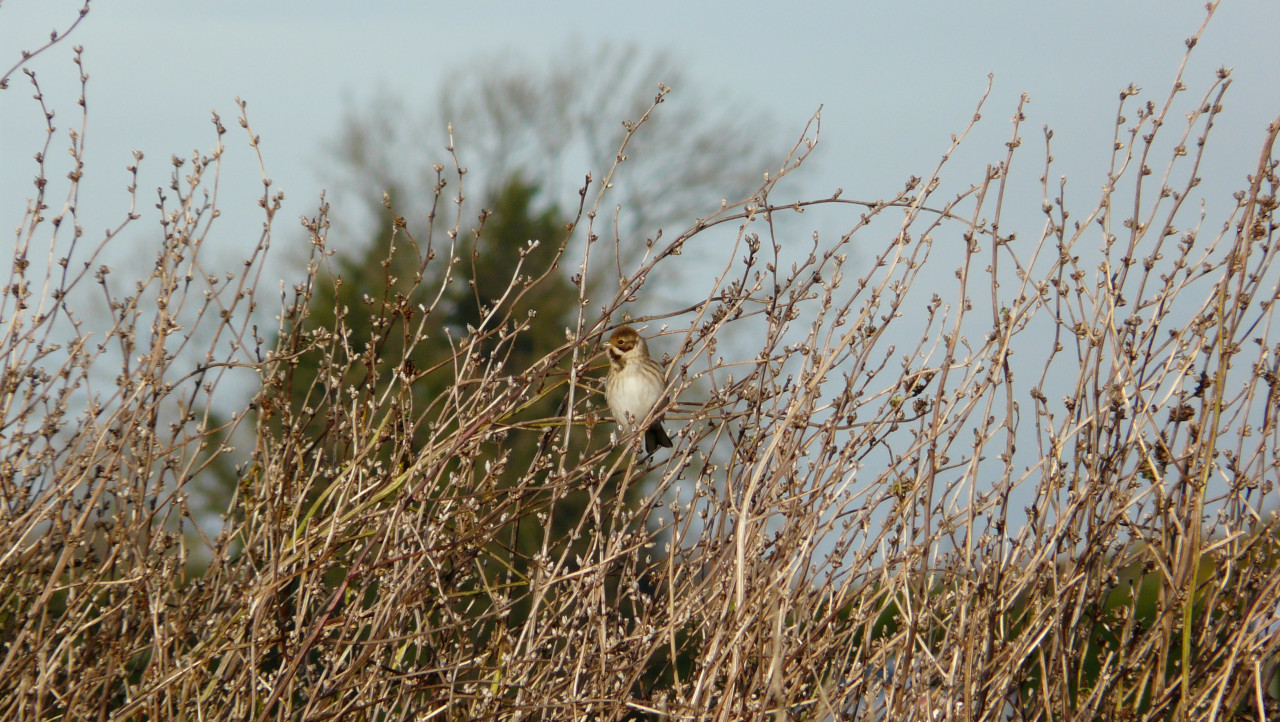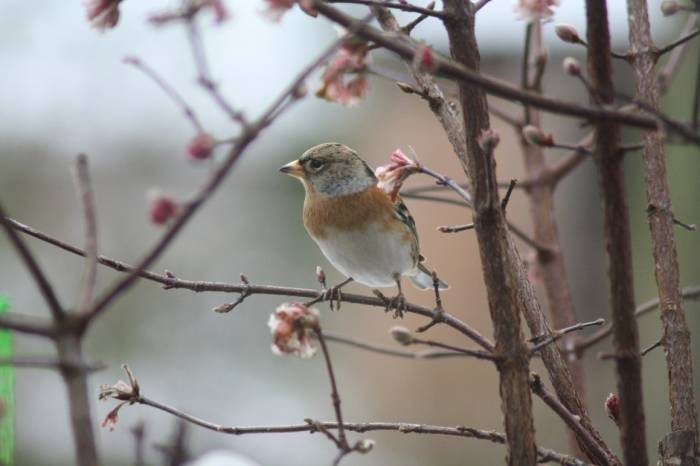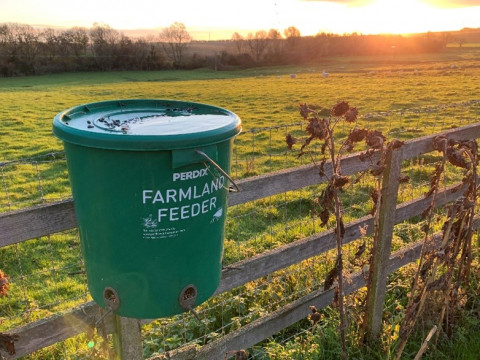Celebrate 10 years of the GWCT Big Farmland Bird Count and get involved
This year marks the 10-year anniversary of the Game and Wildlife Conservation Trust's (GWCT) Big Farmland Bird Count (BFBC). As the founder of this initiative, I am overwhelmingly pleased to see it is still going strong and that so many of you are continuing to take part.
Where it all began
It was just over 13 years ago I when first had the idea of starting the Big Farmland Bird Count. At that time, I was working for the Farming & Wildlife Advisory Group (FWAG) and spent a number of days each week at the office in Stoneleigh Park.
One dark and cold morning in January I was travelling down the M1 with my colleague, Alan Dodsworth. As he was driving, I was allowed to quietly rant from the passenger seat. My topic for this particular Monday was how I'd "spent most of the weekend being bombarded by people promoting the Big Garden Bird Watch." It had been on the radio, in the papers and on my Twitter feed and I couldn't help but think: wouldn't it be great if we had something like that for farmers?
In 2011, I joined the Allerton Project and I was still trying to find a home for my 'fantastic idea'. I spoke to the project director, Alistair Leake, and he agreed I should set up a pilot. To cut a long story short, we invited 50 farmers to take part; over 30 took up the challenge and their feedback was that it would be great to launch it as a national initiative.
Great news! Except that was the start of the real challenge. I now needed a sponsor, a way to promote it and a way of recording the findings - I had nine months to achieve this. BASF stepped in as sponsors; the GWCT membership and marketing team at Fordingbridge were roped in to help and I put together a spreadsheet to record the results. Around 500 farmers took part.
To really highlight just how much the initiative has grown over the last 10 years, in 2022 over 1,900 count results were submitted. There's now a great web-based platform for recorded results and the National Farmers' Union (NFU) are the lead sponsors. As a close partner to the GWCT, Kings is also a sponsor and I'm very proud of the collaboration we have with the initiative each time the count rolls around.
Your contribution matters
Farmers and land managers do so much to protect and conserve farm wildlife and I think it's important that those of you who have monitored and counted the birds on your land over the years have an opportunity to understand the difference you have made - and continue to make!
As our custodians of the land you are responsible for managing the largest songbird habitat in this country, which directly impacts the welfare of species such as skylark, yellowhammer, corn buntings and wild grey partridges. Sadly though, the brilliant efforts undertaken to reverse the decline of our bird populations can sometimes go largely unrecorded.
There's nothing more rewarding than seeing those count numbers in black and white so you can see just how much you've helped the birds on your farm, as well as get a better understanding of those species which may need more support and protection.
For those of you who haven't taken part yet, it's never too late. Last year, my colleagues Neil Harris and Will Pratt wrote a blog about how supplementary feeding (AB12), when used in conjunction with winter bird food plots (AB9), can bring significant benefits to farmland birds, including many red listed species. If you carry out this work, the BFBC is fantastic way to discover which species have really benefitted.
Participating can sometimes spur people on to do even more work for farmland birds in the future too, acting as a catalyst to start building personal, long standing farm wildlife records.
Farming with nature: The results speak for themselves
Over the last 30 years, researchers at the GWCT Allerton Project in Leicestershire have gained a great understanding of the needs of farm wildlife. Their work has demonstrated the combined benefits of habitat management, winter feeding for birds and predator control in the breeding season. They have also come to understand the benefits that can be gained from long-term monitoring of bird numbers in order to identify trends in wildlife populations.
How to take part
The best part is that it's easy to do – simply follow these three steps:
1. Download your count sheet
To help you keep track when you're in the field you can use a helpful species count sheet; visit www.bfbc.org.uk and click on 'Take part' to get yours.
2. Count your birds!
The count takes place from the 3rd to the 19th of February; on any day during this period, you need only spend approx. 30 minutes recording the species and number of birds seen on one area of the farm. You can choose your own location but somewhere with a good view of around two hectares would be ideal.
You'll be asked to record the types of habitat and crops adjacent to your count site to help provide more detail about your location.
To see the highest number of birds, I recommend that the site includes or is close to an area of game cover, a wild seed mix or somewhere that supplementary feeding takes place.
Ideally, counting should take place at first light as this is when the birds are most active. However, it is more important that you take part, so timings can be flexible to suit you.
3. Submit your results online
You can submit your BFBC results online at any point after 3rd February 2023. Information on how to do this can be found at www.bfbc.org.uk
During the count, there will be lots of tips and hints on the Kings social media feeds – follow us on Twitter or find us on Facebook: @Kingscrops.
Keep a digital record
You can also log all your valuable efforts using the environment manager tool in the Frontier MyFarm, platform while simultaneously syncing notes and photos from the MySOYL app. This can be a really useful way of capturing count data for making future comparisons, as well as providing additional insights into the benefits being provided by any Stewardship or agri-environment options you have incorporated.
If you have any queries about the BFBC or would like advice on supplementary feeding or growing winter bird food plots, speak to your local Kings advisor or visit www.bfbc.org.uk. Alternatively, you can get in touch.
For now though, have fun counting!
As a subscriber, you’ll receive email alerts each time a new blog is published so you can always stay updated with the latest advice and insights from our experts







Comments